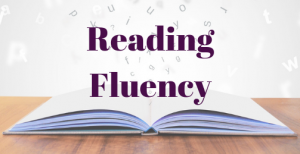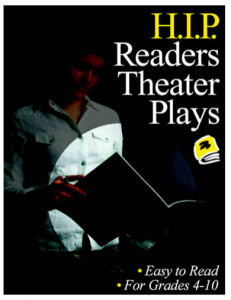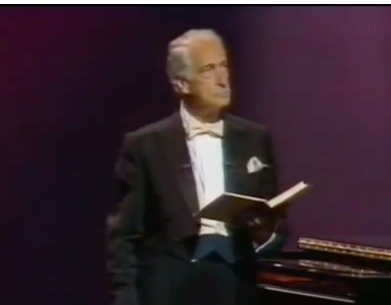
THE FLUENCY FIVE
Fluent reading doesn’t always guarantee comprehension – but dysfluent reading pretty much always interferes with comprehension, especially beyond the primary grades.
There’s more to fluency than speed! Some people have been so caught up in counting the number of words students can read in a minute that they’ve ignored the fact that fluency is much more. In fact, too much speed can impede comprehension as well. We want our students to read at appropriate pace, but also to stop and think, to question, and to self-correct when comprehension breaks down. That’s why Phrasing, Automaticity, Using Punctuation Clues and Expression are just as important as Reading Rate.
 Punctuation marks are the traffic signals of reading. They tell us when to pause, when to slow down, and when to change our voices. Dysfluent readers often pause at the ends of lines, whether there is punctuation or not. They need to learn to “snap their eyes” to the next line and pay attention to the traffic signals.
Punctuation marks are the traffic signals of reading. They tell us when to pause, when to slow down, and when to change our voices. Dysfluent readers often pause at the ends of lines, whether there is punctuation or not. They need to learn to “snap their eyes” to the next line and pay attention to the traffic signals.
 Expression refers to the vocal tone and modulation a reader uses. At a simple level, we speak loudly for exclamatory sentences and rise our pitch to signal a question. At a more complex level, we raise our voices for dialogue and lower it for narration. The expression a reader uses should reflect the meaning behind the words.
Expression refers to the vocal tone and modulation a reader uses. At a simple level, we speak loudly for exclamatory sentences and rise our pitch to signal a question. At a more complex level, we raise our voices for dialogue and lower it for narration. The expression a reader uses should reflect the meaning behind the words.
HOW DO YOU ASSESS FLUENCY?
Reading speed is easy to evaluate: simply count the number of words a student reads correctly in a minute.
But some things count that can’t be counted. Simply listening to each student read individually and privately (not “round robin”!) can tell you how well they apply punctuation, read in phrases, or use expression. Some people read more slowly and others read more quickly. Sometimes readers will pause to reflect, reread or self-correct – and all those are good things! Teacher observation can identify reading habits in a way that a standardized assessments cannot, and enable teachers to target instruction to the fluency factors each student needs.
TIPS FOR BUILDING FLUENCY

READERS THEATER is the very best fluency activity for kids! Read more about Readers Theater and download a free script from HIP’s best-selling Ghost House.
HIP’s READERS THEATER PLAYS book offers 16 scripts excerpted from HIP novels as well as a guide for teaching students to read and enact Readers Theater scripts. Get the READERS THEATER PACK with the book of plays as well as all 17 novels from which they are taken.
NOISY PUNCTUATION
Do you have students who pause at the ends of lines instead of at punctuation marks? Here’s a way to make them pay attention to the traffic signals of reading: As you read aloud, add a sound effect and gesture for every punctuation mark. (And teach students to “snap their eyes” to the next line if there’s no punctuation at the end of the line.)
Comedian Victor Borge made a career of this kind of reading! Check out his video.
ONE SENTENCE – 7 DIFFERENT MEANINGS!
I never said she stole my money.
Try reading this sentence aloud, stressing a different word each time. Talk to the students about how the meaning changes as you change the word emphasis. Why is this important? Readers construct meaning as they read by considering which word should be emphasized.


